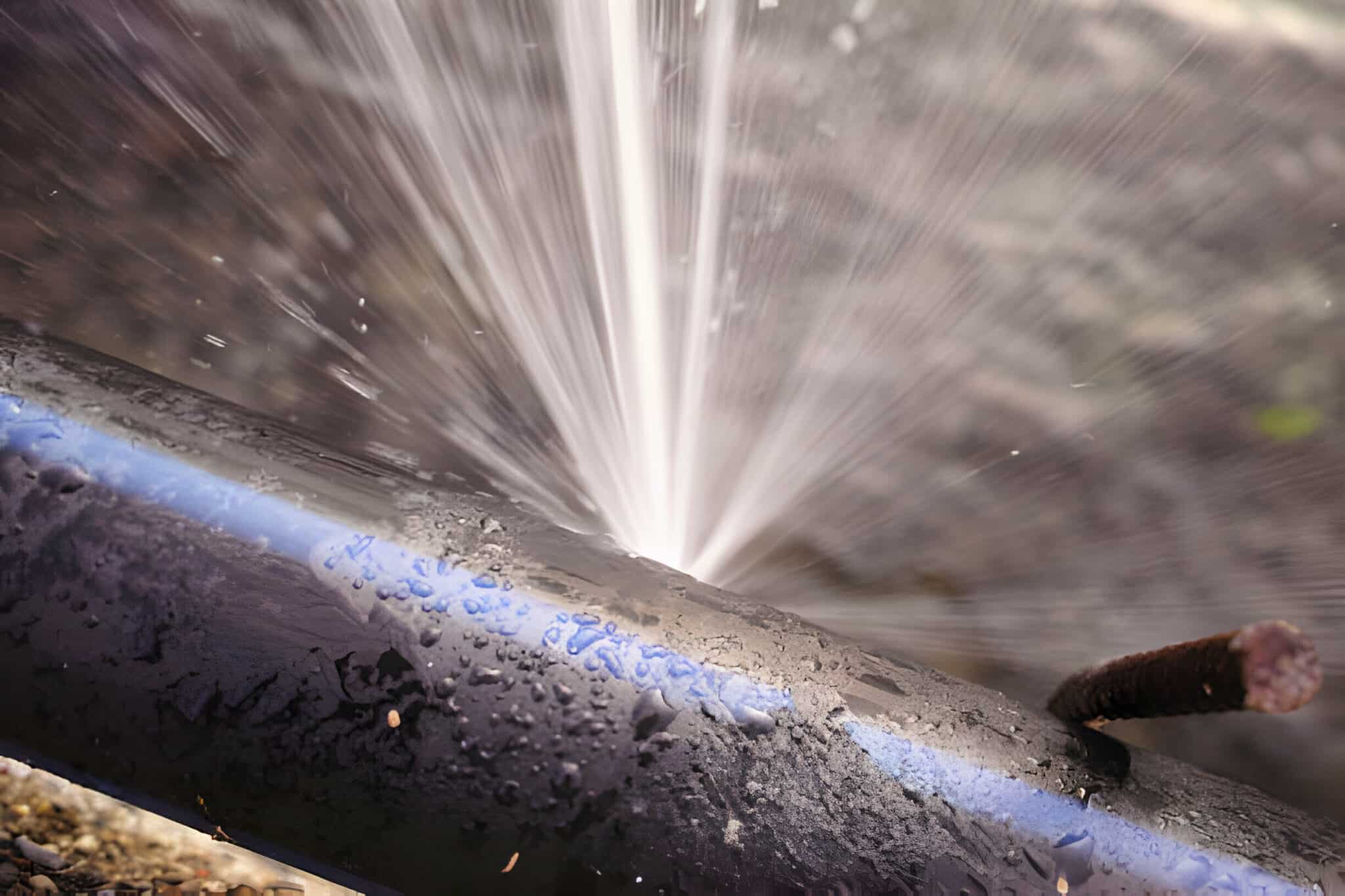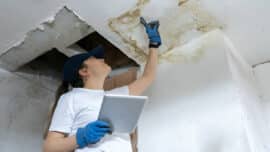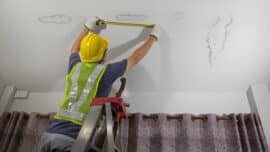
Causes, Symptoms, and Fixes for Burst Pipes—An Emergency Plumber Explains All!
Burst pipes are a serious plumbing issue that can cause extensive water damage and lead to costly repairs if not addressed swiftly. Understanding the causes, recognizing the symptoms, and knowing how to fix burst pipes are essential for any homeowner. Whether you’re facing a burst pipe emergency or want to be proactive in preventing future problems, this comprehensive guide will help you navigate the situation effectively.
Causes of Burst Pipes
- Freezing Temperature
Freezing temperatures are a leading cause of burst pipes. When water inside the pipes freezes, it expands and exerts pressure on the pipe walls, which can cause them to crack or burst. This is especially common in unheated areas of your home, such as basements and attics.
Prevention Tip: To avoid this issue, ensure your pipes are properly insulated, particularly those in unheated or exposed areas. Maintain a consistent indoor temperature, even when you’re away, to keep the water from freezing.
- Corrosion
Over time, pipes can corrode due to chemical reactions between the water and the pipe material. Corrosion weakens the pipes, making them more prone to bursting. Corroded pipes are often less visible but can cause significant damage when they fail.
Prevention Tip: Regularly inspect your pipes for signs of corrosion, such as discoloration or leaks. Replacing old pipes with modern, more durable materials can prevent future problems.
- High Water Pressure
Excessive water pressure can put undue stress on your pipes, leading to bursts. This often occurs due to sudden changes in water pressure or a malfunctioning pressure regulator. Pipes that are not designed to handle high pressure can be particularly vulnerable.
Prevention Tip: Install a pressure regulator to keep the water pressure within safe limits. Regularly check and adjust your home’s water pressure to prevent damage to your plumbing system.
4. Clogs and Blockages
Clogs caused by debris, grease, or other materials can cause pipes to become blocked, resulting in increased pressure and potential bursts. Blocked pipes often create a buildup of pressure that can eventually lead to a burst.
Prevention Tip: Avoid flushing non-degradable items down the toilet and use drain screens to catch debris. Regularly clean your drains and pipes to prevent clogs from forming.
5. Pipe Damage
Physical damage to pipes from construction work, accidents, or even pests can compromise their integrity and lead to bursts. Damaged pipes are at a higher risk of failure, especially under pressure.
Prevention Tip: Ensure that pipes are properly protected during any construction work or home renovations. Regularly inspect your property for signs of damage or wear and address any issues promptly.
Symptoms of Burst Pipes
- Reduced Water Pressure
A sudden drop in water pressure can be an early sign of a burst pipe. If your taps or shower are producing less water than usual, it could be due to a burst pipe somewhere in your plumbing system.
- Water Stains and Dampness
Water stains on walls, ceilings, or floors are often indicative of a hidden burst pipe. If you notice damp or discolored patches, it’s crucial to investigate the source to prevent further damage.
- Unusual Sounds
Listen for strange noises, such as banging or gurgling sounds coming from your pipes. These sounds can be a sign of a problem within your plumbing system, including a potential burst pipe.
- Pooling Water
If you find water pooling in areas where it shouldn’t be, such as near pipes or on floors, it could be a sign of a burst pipe. Promptly addressing pooling water can help mitigate water damage.
- Increased Water Bills
A sudden increase in your water bill can indicate a significant leak or burst pipe somewhere in your home. If you notice an unexplained rise in your water costs, it’s worth investigating further.
Fixes for Burst Pipes
- Turn Off the Water Supply
The first step in addressing a burst pipe is to turn off the main water supply. This will prevent further flooding and damage. Locate the main shutoff valve, which is usually found in the basement, garage, or outside.
- Drain the Pipes
After turning off the water supply, open taps and faucets to drain any remaining water in the pipes. This helps to reduce the risk of additional flooding and allows you to assess the damage more effectively.
- Repair or Replace the Damaged Pipe
For minor bursts, you can use pipe repair clamps or sealants as a temporary fix. However, it’s essential to have a professional plumber assess the damage and perform a proper repair or replacement of the damaged pipe.
Professional Help: For comprehensive and reliable repairs, contact a plumber near you. An experienced Sutherland Shire plumber from South East Plumbing can provide expert assistance to resolve the issue effectively.
4. Clean Up Water Damage
Promptly clean up any spilled water to prevent mold growth and further damage. Use towels, mops, or a wet/dry vacuum to remove excess water from affected areas.
5. Inspect and Monitor
After repairing the burst pipe, monitor your plumbing system for any signs of further issues. Regular inspections and maintenance can help prevent future problems and ensure your pipes remain in good condition.
When to Call an Emergency Plumber
If you encounter a burst pipe, it’s crucial to seek professional help immediately to minimize damage and ensure proper repairs. For urgent plumbing issues in the Sutherland Shire, rely on Emergency Plumber Sutherland Shire from South East Plumbing. We offer prompt and expert assistance to handle any plumbing emergencies efficiently.
South East Plumbing provides top-notch services for all your plumbing needs, including emergency repairs for burst pipes. Don’t wait for a small issue to escalate—contact a Sutherland Shire plumber today.
By understanding the causes, symptoms, and fixes for burst pipes, you can better protect your home and address any issues promptly. Regular maintenance and quick action are key to keeping your plumbing system in excellent condition and avoiding costly repairs.



